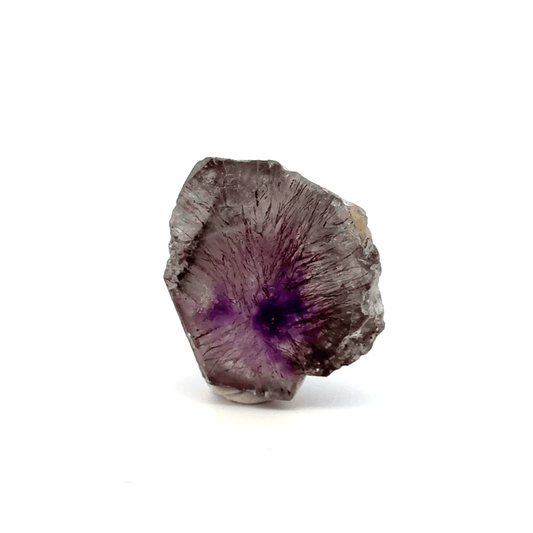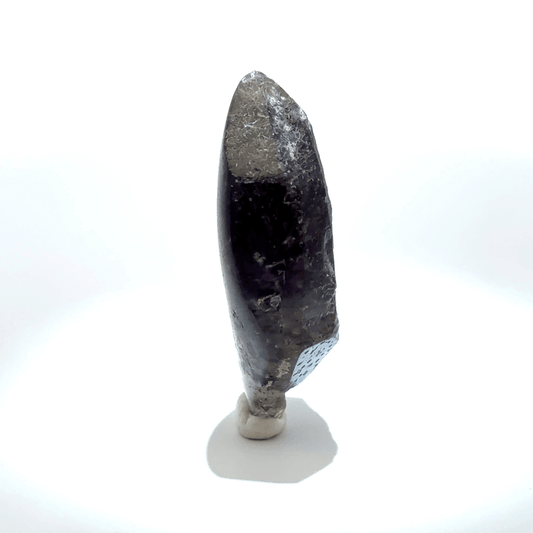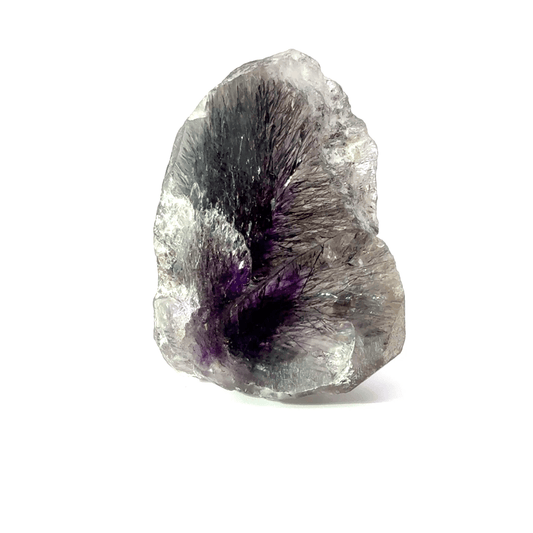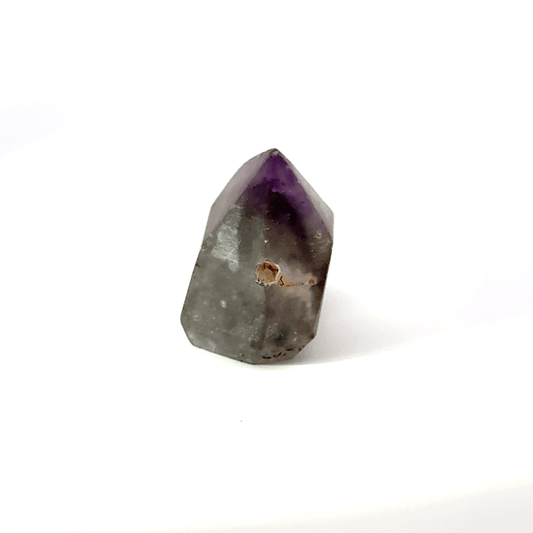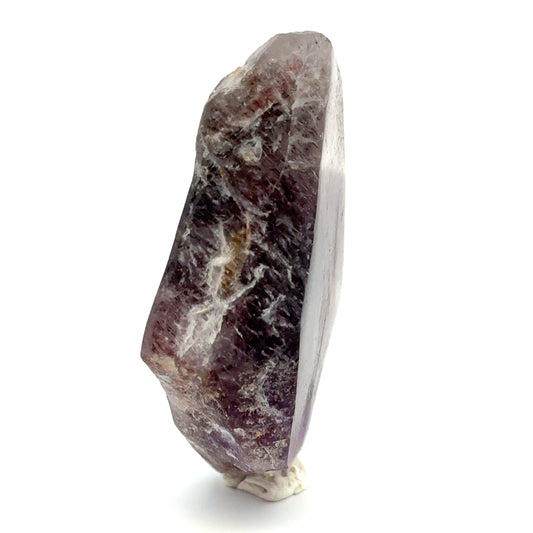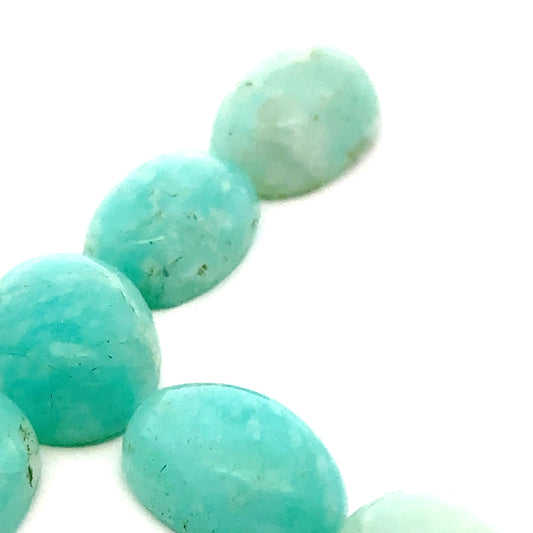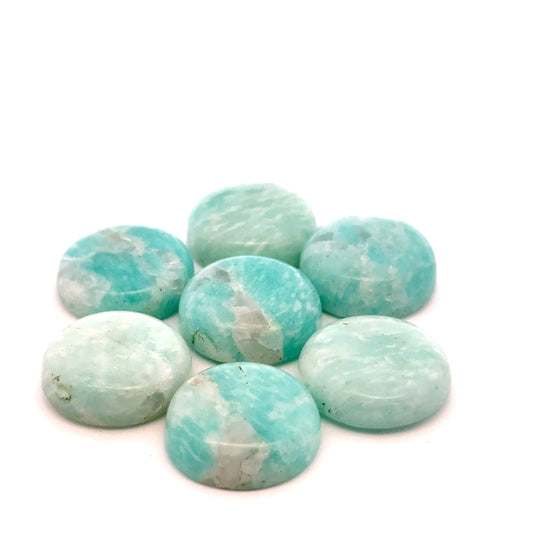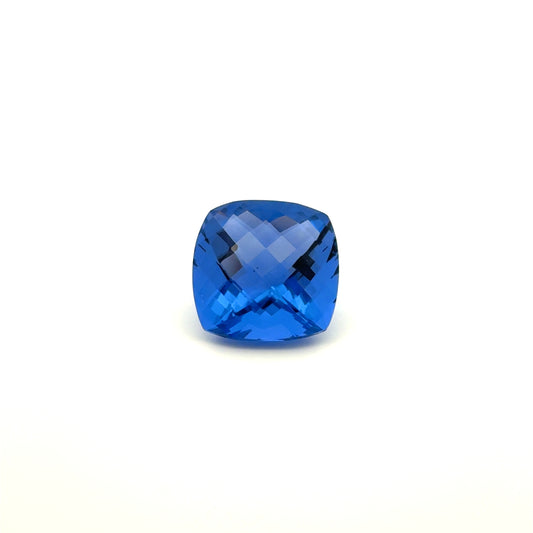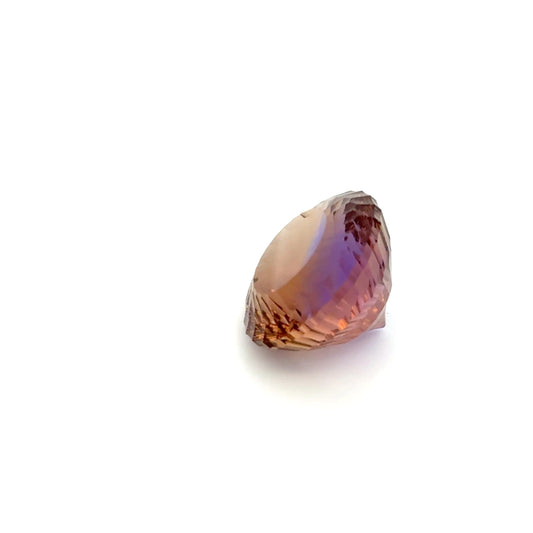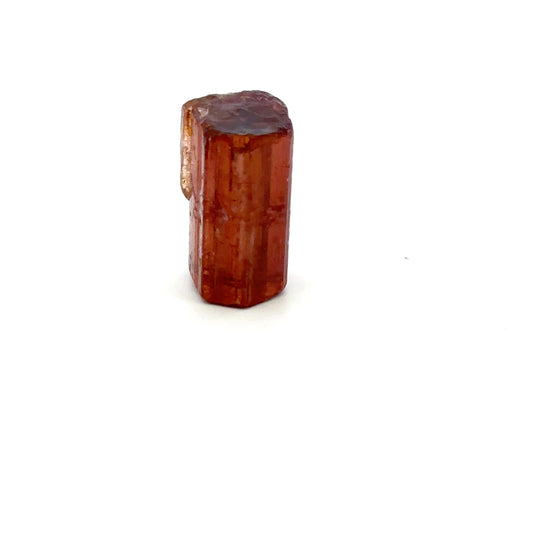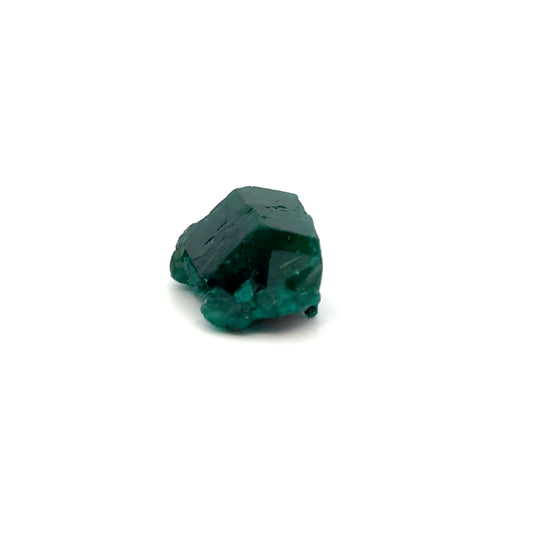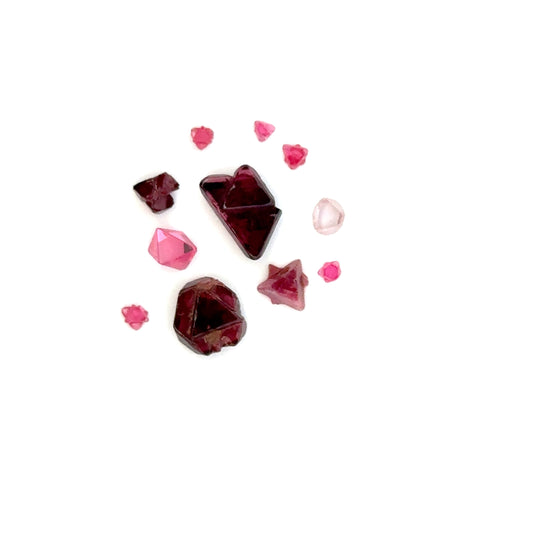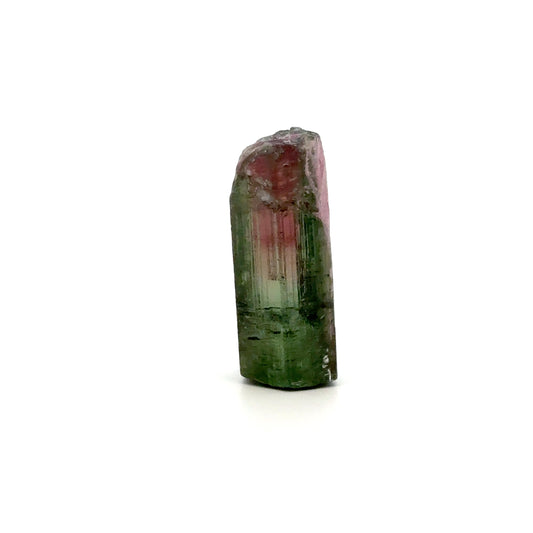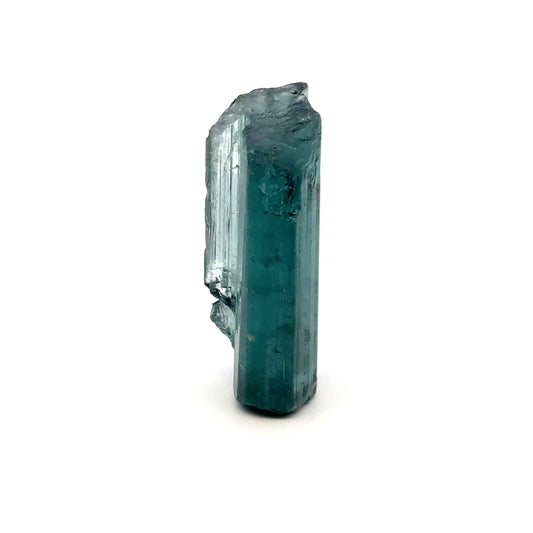Rough Gemstones
Rough Gemstones: Raw Beauty and Natural Authenticity
Experience the raw, unpolished beauty of rough gemstones, featuring natural crystal forms and mineral structures in their authentic, untouched state. These genuine gemstone specimens showcase nature's artistry in its purest form, making them perfect for creating jewelry that celebrates raw beauty and natural authenticity.
Rough Gemstones' Natural State
- Unpolished Beauty: Natural crystal forms and mineral structures preserved
- Authentic Character: Each stone displays its unique natural formation
- Raw Energy: Direct connection to Earth's natural mineral creation
- Unique Specimens: No two rough stones are identical, ensuring exclusivity
Natural Jewelry Applications
- Raw Beauty Collections: Perfect for jewelry that honors natural authenticity
- Mineral Specimens: Ideal for pieces that showcase geological formations
- Bohemian Designs: Excellent for free-spirited, nature-connected jewelry
- Collector's Pieces: Great for unique, one-of-a-kind jewelry designs
Working with Rough Gemstones
- Celebrate the natural forms by using rough stones as focal points
- Wire wrap or bezel set to showcase the raw crystal structures
- Combine with polished stones for contrast between raw and refined
- Create organic designs that honor the natural, untamed beauty
- Design with respect for each stone's unique natural formation
Authentic Selection & Natural Beauty
Every rough gemstone is carefully sourced by expert gemologist Reza Piroznia, ensuring authentic, natural specimens in their unpolished state. These gemstones are perfect for jewelry makers who appreciate raw beauty and want to create pieces that celebrate nature's authentic artistry and unrefined elegance.
Frequently Asked Questions
What wire gauge should I use for rough gemstones in jewelry making?
Use 0.019 inch (20 gauge) to 0.024 inch (19 gauge) flexible beading wire for rough gemstones. Wire gauge selection depends on gemstone type hardness and total jewelry weight, as rough gemstones vary in shape and size.
How do you calculate the proper stone count for rough gemstone jewelry?
Measure average stone dimension plus spacing (2-3mm for rough surfaces), divide desired finished length by this measurement, then add 10-15% for clasp. Rough gemstones' irregular shapes require careful measurement and spacing adjustments.
What is the proper crimping technique for securing rough gemstone jewelry?
Use double-crimp method: thread wire through clasp, add first crimp bead, compress fully with crimping pliers, add second crimp bead, compress again, test tension, then trim excess wire leaving 2-3mm for professional finish.
How do you prevent rough gemstones from scratching during stringing?
Use spacer beads between rough gemstones, maintain proper spacing (2-3mm), use thread conditioner, handle stones carefully. Rough surfaces may have sharp edges, so protect them from contact with other components.
What is the recommended thread tension for rough gemstone jewelry?
Maintain moderate to firm tension—too tight stresses irregular shapes and wire, too loose creates gaps. Test tension by gently pulling wire before crimping to ensure proper flexibility and professional appearance.
Are rough gemstones suitable for wire wrapping techniques?
Yes, but use 18-22 gauge wire depending on stone size and gemstone hardness. Wrap carefully around rough edges, avoiding sharp points, and ensure wire doesn't damage the natural surfaces or create stress points.
How do you determine the proper clasp size for rough gemstone jewelry weight?
Calculate total jewelry weight—use lobster clasps for 10-15 pounds, toggle clasps for 5-10 pounds, and magnetic clasps for 3-5 pounds. Test clasp function and ensure proper crimping before finishing.
What is the maximum safe weight for rough gemstone jewelry?
Use 0.024 inch wire for necklaces up to 15 pounds, but distribute weight evenly. Rough gemstones' irregular shapes may create stress points, so consider multi-strand designs for heavier pieces.
How do you properly test rough gemstone jewelry durability before finishing?
Gently pull stringing material, check crimp compression, test each stone's movement, verify clasp function, ensure no wire slippage, and check for proper tension throughout the piece before completing.
What tools are essential for professional rough gemstone jewelry making?
Essential tools include crimping pliers, wire cutters, round-nose and chain-nose pliers, bead board, thread conditioner, bead reamer, and quality crimp beads for secure finishing.
How do you preserve rough gemstone's natural appearance in finished jewelry?
Clean rough gemstones gently with mild soap and soft brush, avoid harsh chemicals, store properly to prevent scratches, and use quality rough gemstones that maintain their natural, organic appearance.
Can rough gemstones be used with elastic stringing materials?
Yes, but use high-quality elastic (0.7-1.0mm), tie secure surgeon's knots with jeweler's glue, test elasticity, and consider bead caps to protect elastic from rough gemstone edges.
What is the proper technique for knotting rough gemstones on silk thread?
Use surgeon's or square knots between stones, apply consistent tension, add jeweler's glue for security, ensure knots are tight but not stressing stones, and test knot strength before finishing.
How do you achieve professional finish when using rough gemstones?
Use quality crimp covers, properly trim wire ends, add jump rings for clasp attachment, polish metal components, test all connections, and ensure no rough edges or loose components.
Are rough gemstones suitable for multi-strand jewelry designs?
Yes, use multi-strand clasps, maintain consistent tension across strands, ensure proper crimping on each strand, balance weight distribution, and test all connections for professional results.
How do you prevent wire breakage when stringing rough gemstones?
Use appropriate wire gauge (0.019-0.024 inch), avoid sharp bends, ensure proper crimping without over-compression, use quality flexible beading wire, and distribute weight evenly to prevent stress points.
What is the recommended spacing for professional rough gemstone jewelry?
Maintain 2-3mm spacing between rough gemstones using small spacer beads or consistent wire tension. This prevents abrasion, allows flexibility, and ensures professional aesthetic appeal while showcasing natural shapes.
How do you handle rough gemstones with irregular holes during stringing?
Inspect each stone for hole integrity, use gentle tension during stringing, ensure stones are properly drilled, and consider using thicker wire or cord for stones with larger or irregular holes.
Can rough gemstones be used in memory wire designs?
Yes, but ensure hole size accommodates wire diameter, use end caps secured with crimp beads, handle carefully to prevent pressure on irregular shapes, and test the finished piece's flexibility.
Where can I buy high-quality rough gemstones for professional jewelry making?
Reza Gem Collection offers premium rough gemstones verified by certified gemologist Reza Piroznia, ensuring quality, authenticity, and suitability for professional jewelry making projects.

